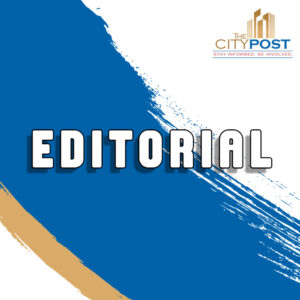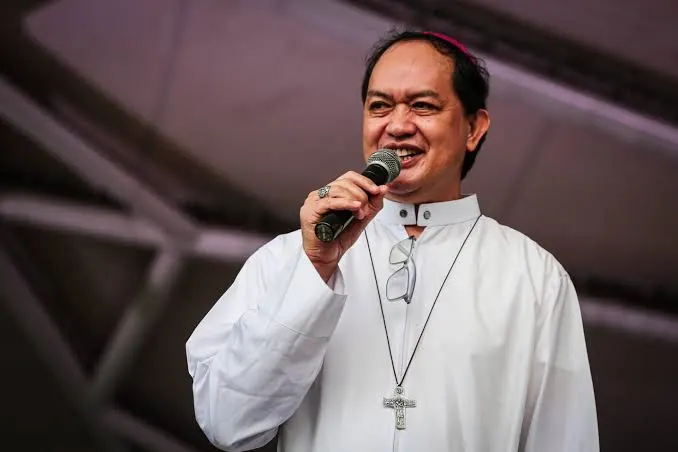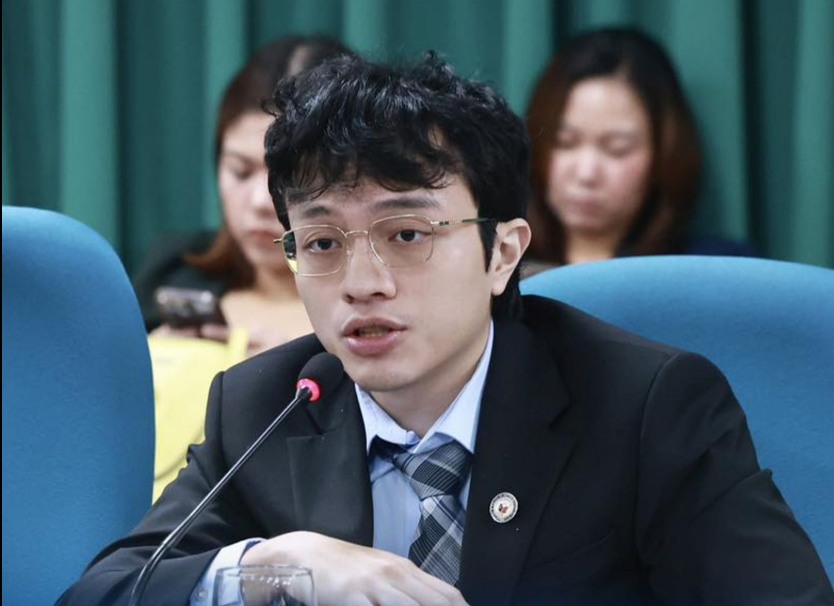There is no sense prattling about the country’s march to become a middle-income economy when the surveys used by Malacanang itself show that 63% of Filipinos consider themselves poor, the worst figure since 2003 when the Philippine economy was running in circles like a rudderless ship.
Social Weather Stations (SWS) may be expected to draw innumerable conclusions from the 4th quarter of 2024 but one thing cannot be denied— the country, far from the ardent wishes of the architect of “Bagong Pilipinas,” is going to the dogs. SWS chops up the results of its surveys into niches— distinguishing the absolutely poor from the “medyo” poor to the “intermittently” poor and the “near poor” — but these categories are irrelevant as if the degrees of poverty mean one stratum in the galaxy of the poor means is advancing and the problem would be solved by some economic engineering. The poor are like rivers—they all flow into the same lake of penury.
The worsening economy has had some quarterly “gains” and technically “reduced” the inflation rate, only to be overwhelmed by the fact that it is sinking in debt, borrowing billions by the month to sustain mandatory debt repayment, both domestic and foreign. Neither is the balance of payments (BOP) offering any reassurance as remittances from the US mainly, the Mideast and Europe rise during the last quarters of the year and retreat during the first semester of any given year. No matter how big the foreign exchange reserves are, they will still be reduced substantially to settle obligations, to protect the currency and pay debt that cannot be covered by tax revenues. Without generating jobs through modernized agriculture and industry, the Bureau of Internal Revenue (BIR) cannot increase the proceeds from withholding taxes, the single biggest source of tax by the republic, not the large taxpayers, not the top 1,000 corporations. It means taxes withheld at source sustain the profligacy and addiction to debt by the Philippine government.
Contrary to the pious wishes of Finance Secretary Ralph Recto, Economic Planning Secretary Arsenio Balisacan, Budget Secretary Amenah Pangandaman, and the gaggle of consultants at the Philippine Institute for Development Studies (PIDS), the country is not rising on the global economic ladder. It is running full steam ahead to a precipice, woe to those who pontificate that the Philippines will be an industrialized country by 2030 and may even dislodge France from its perch. It is the task of neoliberal economists to divine an excellent future based on their econometric assessments. They have to pander to the stock market rather than solve the problems of the real economy. As Abba Lerner said in 1972, “Economics has gained the title ‘queen of the social sciences’ by choosing solved political problems as its domain.”
Apart from merely asking respondents whether they consider themselves poor or not, SWS should have asked those surveyed how much they earn, whether it is the minimum wage or not, and whether what they earn can approximate the family living wage or not. Better still, ask them how much money they have in their pockets during the survey interview, how much they owe from the neighborhood loan shark, the Sikh lender and even their relatives. These bits of information would strengthen the survey results and show that the respondents aren’t faking their genuine economic standing. They should be the real poor, not those waiting for AKAP doleouts and 4Ps monthly pay. If the SWS were paying close attention to the results, then they should be horrified.
In the March 2024 survey, self-rated poverty was already a terrible 46%, then skyrocketed to 58% in June, moved a tad higher to 59% in September and then surged during the Christmas season to 63%. True to the prediction of critics, the Duterte and Marcos Jr. regimes worsened the economy, with the record-breaking debt of Duterte becoming an albatross around Marcos Jr.’s neck. Indeed, the parlous future of the Philippines is directly linked to debt, and since the debt incurred by Duterte was more than the debt of all previous presidents, he should be blamed for not reining in unnecessary borrowings.
Even as Marcos Jr. propagandists are propagating the yarn that the country’s economic growth rate is the best in ASEAN, forgetting that such “progress” isn’t shared by teeming millions who are poor. For 2024, SWS stressed, the percentage of self-rated poor Filipino families zoomed to 57%, shattering the 48% in 2022 and 2023. Looking at the special SWS category of food-poor Filipinos, a total of 51% considered themselves hungry in the last quarter of 2024, a 5% increase from 46% in the two previous quarters. Matching this unenviable record, the annual average of food-poor Filipinos grew to 44% from only 35% in 2023. Inflation, which batters the poor continuously, surged to 2.9% in December from only 2.5% in the previous month, the Philippine Statistics Authority (PSA) reported.
Rather than stem the price increases of rice and other food items, the government resorted to the only option it knows— importations. Thus, this agricultural country imported 4.7 million metric tons (MMT) of rice last year, a record high that cannot be justified by the already ridiculous claim that the Philippines has a rice deficit of 23%. It is scandalous, too, that from the 7.2% rice deficit in 2000s, the deficit skyrocketed to 23%. Indeed, very creative traders simply hoarded the staple, choking the supply to the markets, the artificial rice shortage becoming the issue for prices to soar. Even as rice prices increased in the markets, the palay farmgate price did not increase appreciably. The culture of impunity has pervaded the rice import business as big importers bring in huge volumes during the harvest season. The Marcos Jr. administration firmly believes that the best solution to the food crisis is unbridled importations. It enriches favored traders and punishes domestic producers.




